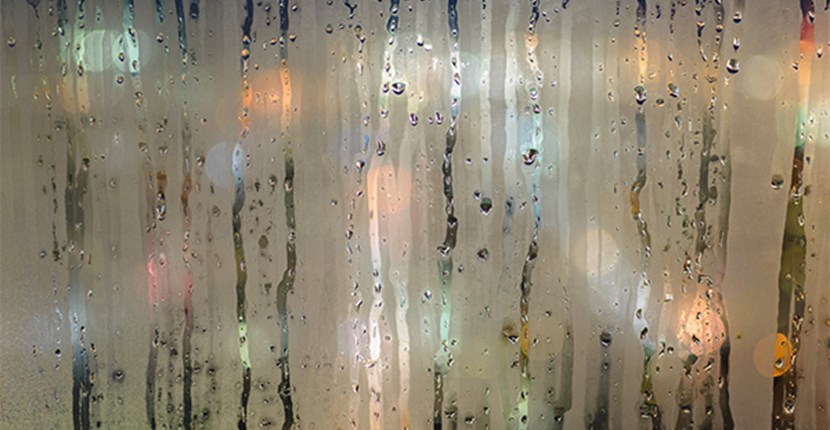Posted on 14 07 2021
Managing Damp in Rental Properties

Condensation, caused by excess levels of moisture and damp, allow for the ideal breeding ground for mould. When mould forms, it has significant negative effects on properties and tenants alike.
From deterioration of the home to severe respiratory illnesses, the effects caused by damp form a lengthy list. However, the list of solutions to prevent such events from occurring is relatively short in comparison.
Ground moisture barrier
One of the best things you can do to protect your rental property from damp is to install a ground moisture barrier. If the rental property has an enclosed subfloor cavity, it must have a ground moisture barrier installed under the moisture ingress and drainage standard.
However, even if the rental property has been determined to have adequate ventilation and not required to have a ground moisture barrier, it still may experience damp. In this case, it is recommended that one is installed for the sake of the property and its occupants.
Airflow in and out of an enclosed subfloor can get obstructed, which can lead to mould and poor air quality in the property. Laying a ground moisture barrier will help reduce the damage caused by damp.
Ground moisture barriers are generally made out of a polythene sheet and are laid on the subfloor. It prevents moisture from rising up and inside the home. This will significantly reduce condensation from forming, creating a healthier home.
Ventilation
Subfloor cavities aren’t the only place in a property where inadequate airflow can deteriorate the health of the home. Anywhere where there is poor ventilation can encourage the growth of mildew and bacteria.
Extractor fans for both bathroom and kitchen areas are effective solutions for reducing condensation as well as being a standard for rental properties. These fans directly target moisture (which commonly develops during showering or cooking).
Living and dining areas must also be fitted with openable windows. Windows act as natural ventilation, allowing fresh air into the home, and even helping to eliminate any bad odours.
Heat pumps
While also being excellent at keeping homes warm during the winter and cool during the summer, heat pumps can also function as dehumidifiers.
Like ground moisture barriers and ventilation, heating is another important Healthy Homes Standard that requires living spaces to have at least one fixed heater (typically, a heat pump).
Heat pumps can be used year-round. In the winter, they work by taking heat from outside and transferring it back in. They also work on ‘reverse-cycle, meaning they can transfer heat back outside to create a cooler home in the summer.
There are two different modes on a heat pump that can help reduce moisture levels:
- Cooling mode: In this mode, the heat pump can draw moisture out of the air and transfer it outside.
- Dry mode: When operating in this mode, the heat pump alternates between heating and cooling, which maintains the room’s temperature and eliminates excess moisture from forming.
Using the deyhumidying options of a heat pump, a home's temperature can be adequately maintained, creating a healthier and more energy-efficient environment.
Insulation
Insulation, while it doesn’t directly target reducing excess moisture levels, can actually do just that.
Having a warmer home means having a drier home. The warmth insulation provides makes it so that moisture is less likely to form on surfaces within the home during the winter. A property that is compliant with the Healthy Homes insulation standard isn’t as likely to have issues with condensation and mould.
At GreenSide, we are familiar with the Healthy Homes Standards and know how to help any home be more comfortable for occupants. Get in touch with our team to see how we can assist in getting your property compliant and healthier.